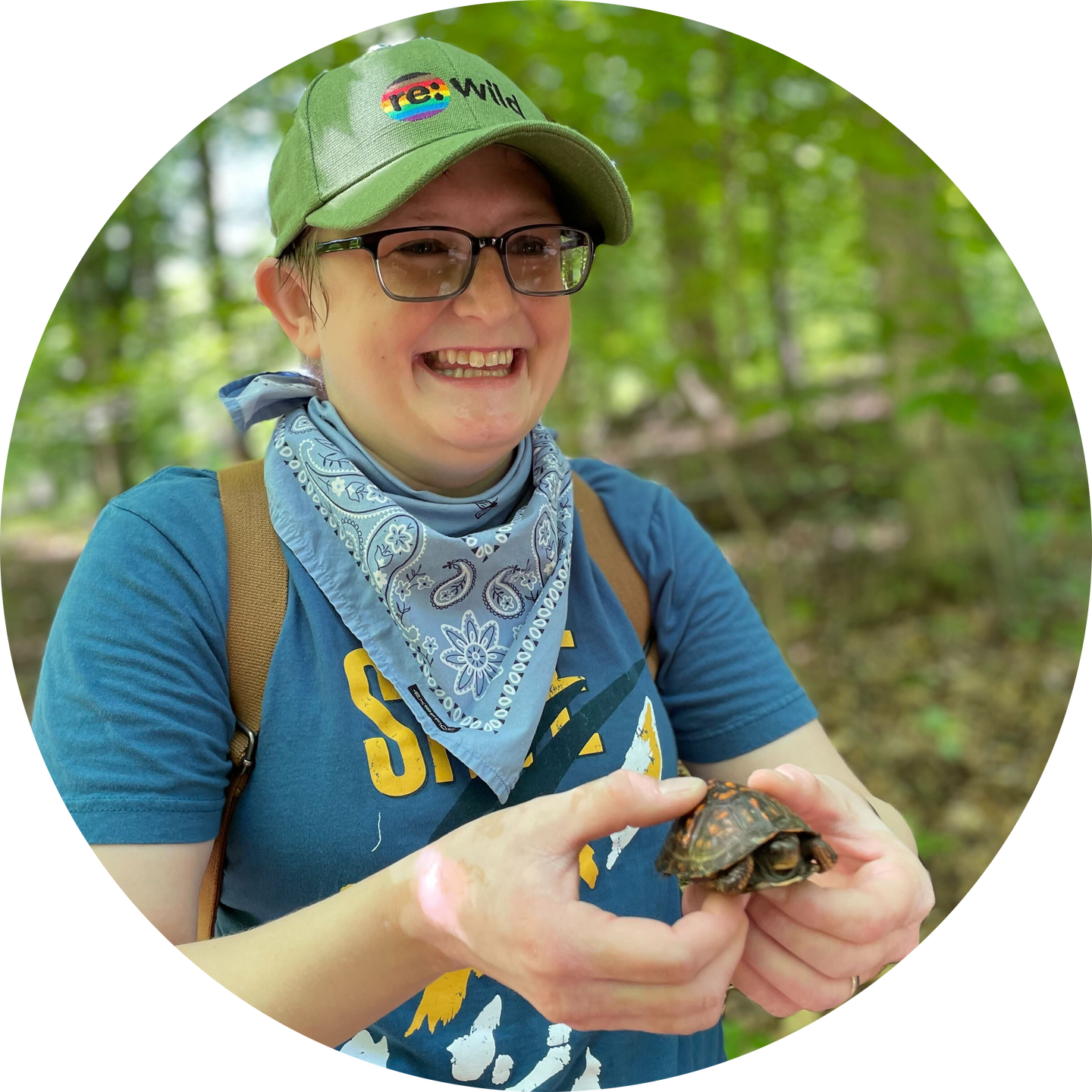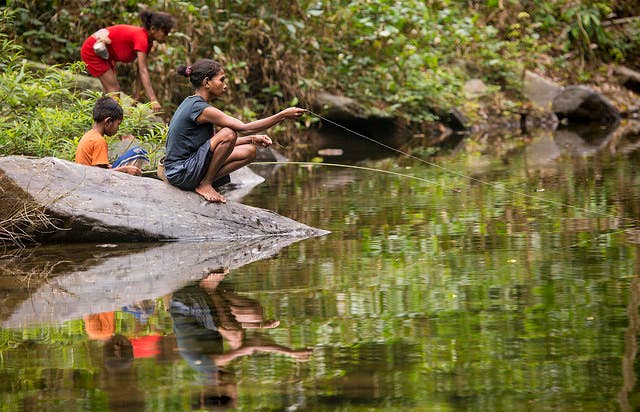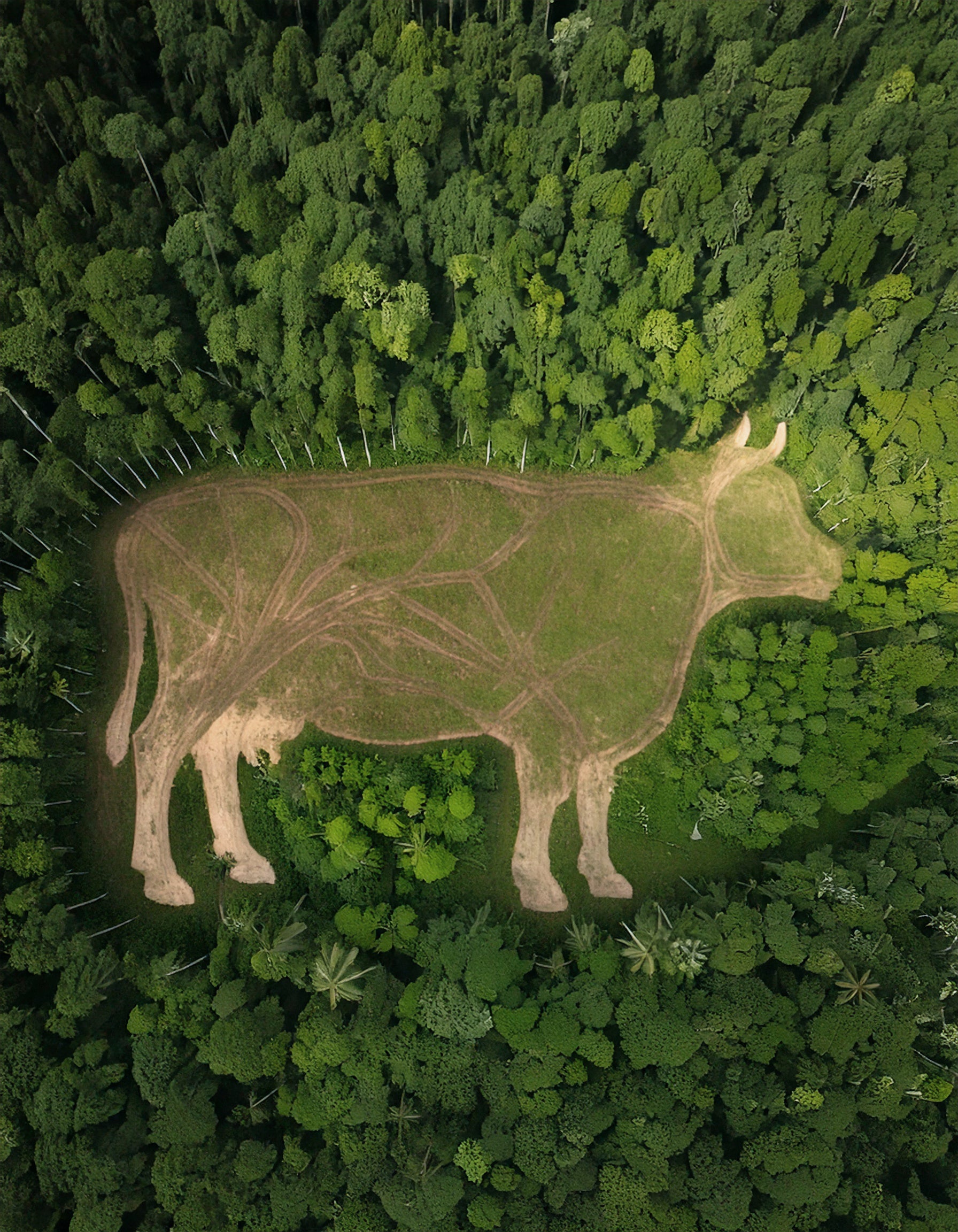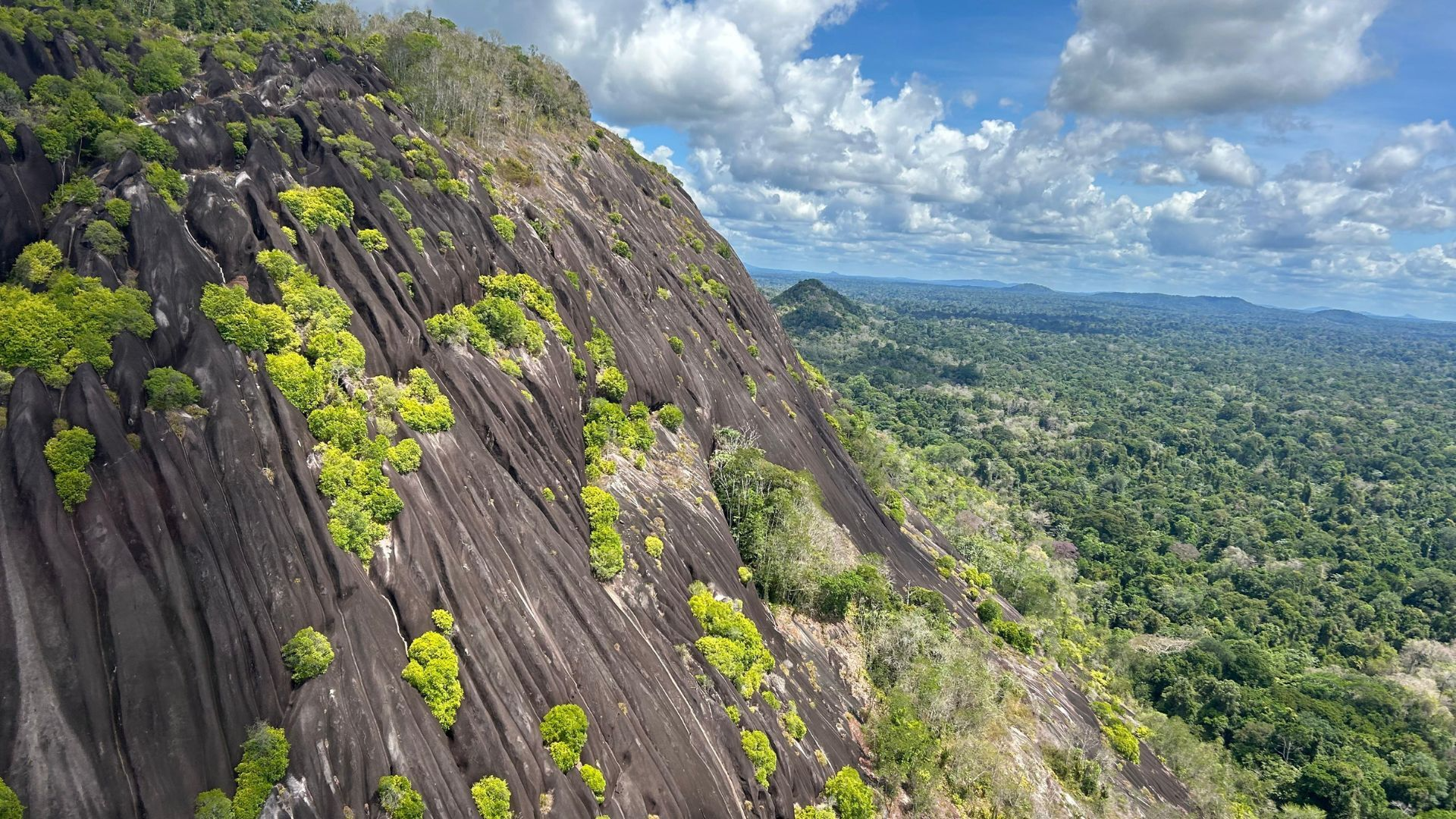Local and National Governments of the Philippines Commit to Country’s Largest Critical Habitat Designation
 Members of the Batak tribe fishing in Palawan, the Philippines (Photo by Robin Moore)
Members of the Batak tribe fishing in Palawan, the Philippines (Photo by Robin Moore)
For immediate release
November 30, 2016
Download images: http://bit.ly/2gDf7xk
One of the world’s most critical and irreplaceable areas for unique and threatened wildlife—in addition to the home to the last 200 – 300 members of the indigenous Batak tribe—has received the largest critical habitat designation in the Philippines.
The newly declared Cleopatra’s Needle Critical Habitat, which protects more than 100,000 acres of forest on the lush island of Palawan, is the culmination of a three-year project led by the Centre for Sustainability, Palawan Council for Sustainable Development, City Environment and Natural Resources Office of Puerto Princesa and the Batak tribe, with support from Global Wildlife Conservation, Rainforest Trust and the Amphibian Survival Alliance.
“This landmark achievement is a collective effort among government and non-government institutions—government agencies, NGOs, academic bodies, local communities—that have poured their time and resources to see this initiative push through,” said Jessa Garibay, Centre for Sustainability project manager. “The overwhelming support from the government agencies, in particular, demonstrates their commitment to balancing development with conservation. We laud the commitment to this important cause.”
Of the more than 100,000 acres of land the government has committed to Cleopatra’s Needle Critical Habitat, 17,290 acres came from several barangays (communities of indigenous peoples) that agreed to include the additional acreage from their ancestral lands in the critical habitat designation.
Palawan is the last frontier for conservation in the Philippines, boasting half of its original primary forests, which are some of the oldest and most diverse in Southeast Asia. About 85 percent of the long list of mammals and birds that live only in Palawan live in Cleopatra’s Needle Critical Habitat. Its wildlife residents include the Palawan hornbill, Palawan forest turtle, Palawan bearcat, seven-foot long Palawan monitor lizard, and Palawan pangolin, the critical habitat’s designated mascot. In a 2015 survey of Palawan, researchers re-discovered two amphibian species thought lost to science for 40-50 years.
“There are very few intact places left in the world like Cleopatra’s Needle, which is home to a unique and veritable treasure trove of biodiversity,” said Don Church, GWC president and director of conservation. “This critical habitat designation is going to help put Palawan on the map as a leader in wildlife conservation and ecotourism, a model we hope inspires the protection of other irreplaceable places throughout the world.”
The last 200 – 300 members of the Batak tribe of hunter-gatherers have played a critical role in the establishment of the new critical habitat, which provides an opportunity for the tribe to build a sustainable livelihood through ecotourism. The Batak tribe have traditionally lived in balance with the forest. But illegal logging, charcoal production, land conversion for agriculture, quarrying, and infrastructure for unsustainable tourism have led to a decline in forest cover and influx of outsiders that has threatened the Batak way of life and the wildlife species the tribe shares its home with.
“Palawan’s forests harbor incredible concentrations of endemic and endangered wildlife and are under immense threat from deforestation,” said Paul Salaman, Rainforest Trust CEO. “This project demonstrates the unique ability of international and local conservation groups to mobilize to protect some of the world’s most critical biodiversity and indigenous peoples.”
The Centre for Sustainability has already started training eco-tourism guides to move individuals away from livelihoods that involve resource extraction, forest destruction or wildlife poaching and will launch the Eco-Tourism Livelihood Program Dec. 1. The organization will also be leading the implementation of a forest management plan and, in January of 2017, working with forest enforcement patrols in the critical habitat.
# # #
Photo: Members of the Batak tribe fishing in Palawan, the Philippines (Photo by Robin Moore)
Global Wildlife Conservation
Global Wildlife Conservation protects endangered species and habitats through science-based field action. GWC envisions a world with diverse and abundant wildlife and is dedicated to ensuring that the species on the verge of extinction are not lost. The global organization brings together scientists, conservationists, policymakers and industry leaders to ensure a truly collaborative approach to species conservation. Learn more at globalwildlife.org
Centre for Sustainability
The Centre for Sustainability PH is a non-profit environmental organization working on sustainable community development in Palawan, the Philippines. The mission of CS is to contribute to A Sustainable Future for Palawan through the establishment of terrestrial and marine protected areas with an integrated approach incorporating three key areas: Livelihood, Education and Conservation. CS work comes from communities for communities to communities, incorporating local knowledge and practices in project development to ensure continuing relevance and long-term sustainability for many years to come. Learn more at http://www.centreforsustainability.org/
Rainforest Trust
Rainforest Trust is a nonprofit conservation organization focused on saving rainforests and endangered species in partnership with local conservation leaders and communities. Since its founding in 1988, Rainforest Trust has helped protect over 15 million acres of rainforest and other tropical habitats in more than 100 project sites around the world. Rainforest Trust has a 4-star rating from Charity Navigator, and 100 percent of project gifts directly fund vital conservation action.
Amphibian Survival Alliance
The Amphibian Survival Alliance (ASA) promotes the conservation of amphibians and their habitats through dynamic partnerships worldwide. The ASA raises awareness of amphibians and their plight, and helps channel vital resources toward the implementation of the global Amphibian Conservation Action Plan, working directly with the IUCN SSC Amphibian Specialist Group and Amphibian Ark. ASA champions the extraordinary work of its partners, and seeks to recruit diverse new partners to build a strong, collaborative future for amphibian conservation.
Contact
Lindsay Renick Mayer
Global Wildlife Conservation
512-686-6225
Jessa Garibay
Centre for Sustainability, PH Inc.
(63) 921-641-5792
Marc Ford
Rainforest Trust
800-456-4930
Additional Info
- At approximately 101,766 acres, the Cleopatra’s Needle Critical Habitat is the largest “critical habitat” designation in the Philippines. The second largest is the Carmen Critical Habitat for Marine Turtles at 14,223 acres.
- Palawan was identified in a November 2013 study published in Science as the world’s fourth most “irreplaceable” area for unique and threatened wildlife and has received international recognition as a UNESCO Biosphere Reserve containing two World Heritage sites.
- The nearby Puerto Princesa Subterranean River National Park (or Puerto Princesa Underground River) was declared one of the New7Wonders of Nature. Together with the new Cleopatra’s Needle Critical Habitat, this is the last safe haven for 85 percent of Palawan’s endemic mammals and birds.
- In total, four critically endangered, two endangered, 17 vulnerable and 12 near threatened species are known from Cleopatra’s Needle. Many species of reptiles, small mammals, insects and plants have yet to be assessed.
- The traditional livelihood for the Batak tribe is the collection of resin, rattan and honey, which they sell to traders.
- In June of 2015, officials seized 4,400 freshwater turtles, the majority of them the critically endangered Philippine forest turtle, in southern Palawan. They were collected from northern Palawan to be sold for the pet trade and consumption.
- The Palawan Pangolin is one of the most highly poached species in the world. The IUCN Red List of Threatened Species classifies it as endangered. Cleopatra’s Needle Critical Habitat will give the species a chance to thrive.
Lindsay is the Director of Media Relations for Re:wild and has a particular interest in leveraging communications to inspire conservation action. Lindsay is passionate about species-based conservation and finding compelling ways to tell stories that demonstrate the value of all of the planet’s critters, big and microscopic.




